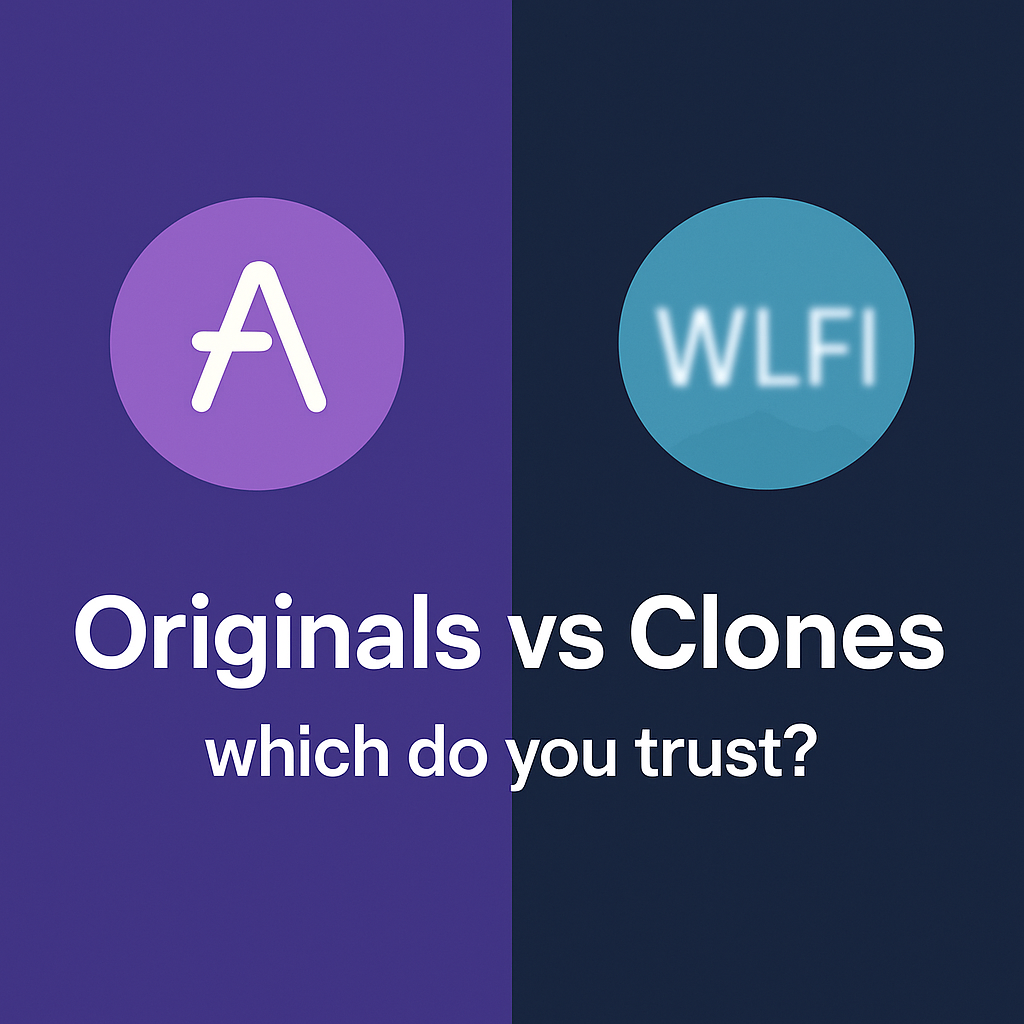
Crypto’s New Attack Vector: Big Names
WLFI can fairly be called a clone of Aave — it copies the decentralized lending model Aave pioneered: users deposit assets into a liquidity pool, borrow against collateral, and either earn or pay interest. WLFI doesn’t introduce anything fundamentally new; it simply replicates Aave’s proven architecture with minimal tweaks for its own ecosystem.
And yet, despite offering no real advantages, WLFI is already valued on the futures market at nine times higher than AAVE (measured by fully diluted market cap). The only reason seems to be the backing of powerful figures.
It reminds me of 2016, when the Ethereum Foundation created an Ethereum fork after The DAO collapsed. To be precise, ETH was the fork and ETC was the original chain. Today, ETH trades at hundreds of times the value of ETC — again, because of support from influential people like Vitalik Buterin.
By contrast, when Roger Ver and his allies launched Bitcoin Cash (BCH), they didn’t have that level of influence behind them. And BCH ended up worth far less than BTC.
But what if someone at Trump’s level had been behind BCH?
To me, the WLFI vs Aave story highlights a new kind of threat for crypto projects: audiences can be swayed and even captured by big names alone. Honestly, even Bitcoiners should take note of this.
So what do you prefer — originals or clones? Remember, both are available for swapping at the best rates on rabbit.io. WLFI will be listed here too — you’ll just need to wait until its official release on September 1.













